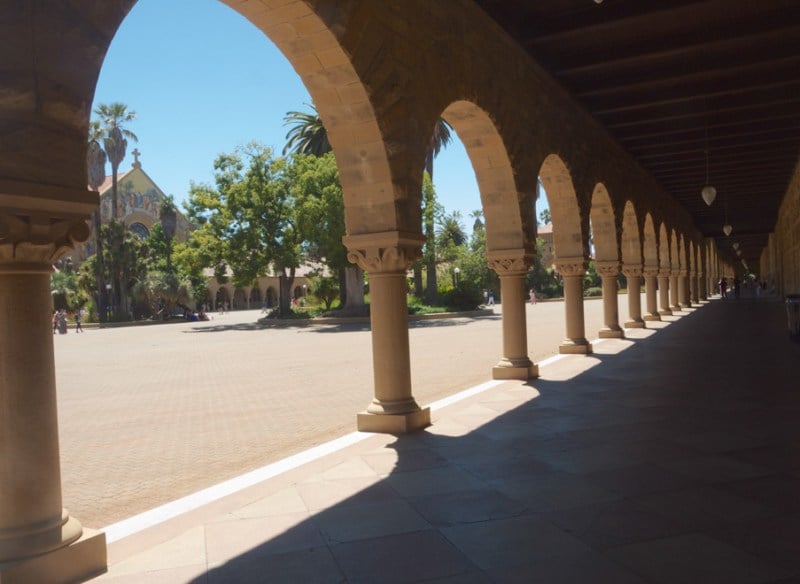Stanford economists found that excess all-cause mortality in the early months of the COVID-19 pandemic was highest amongst Black individuals in a new research study published this February in “Health Affairs.” Excess all-cause mortality refers to the increase in deaths among a population, including deaths not caused by COVID-19.
The lead researcher Maria Polyakova and her team studied how secondary effects, such as job loss and interruptions to healthcare, could lead to disparities in mortality across different racial groups. The study was inspired by research Polyakova’s group was conducting during the early stages of the pandemic, where the team found that the pandemic’s economic devastation impacted several communities around the country long before the virus itself.
“We were able to see that COVID-19 mortality was extremely concentrated in New York and New Jersey when we looked at early data,” Polyakova said in an interview with The Daily. “However, we noticed that the economic effects were much more widespread across the country even though in principle the virus was not even there yet.”
These findings prompted her to look beyond COVID-19-specific deaths by studying how the all-cause mortality during the early stages of the pandemic compared to the all-cause mortality from years.
“Understanding the total death toll of the current pandemic requires measuring what’s called excess all-cause mortality,” Victoria Udalova, a co-author of the study, wrote in a separate piece. “Excess all-cause mortality provides an estimate of the additional number of deaths from any cause, beyond what is normally expected during a given period.”
After controlling for age, location and gender, they found that the white, non-Hispanic, population experienced 1.5 excess deaths per 10,000 individuals in contrast to 6.8 excess deaths per 10,000 for the Black population.
There are several potential explanations for this disparity, Polyakova said.
“People who are the first to lose their jobs are often the first to lose their health insurance, which then prevents you from seeking care for other potentially life-threatening conditions,” she said.
“Black, Latinx, and Native American populations have been hit the hardest by COVID because of structural inequalities,” said Monica Peña ’23, who serves as the co-president of the Global Health Student Council. Peña is also a volunteer for Cardinal Free Clinics. “These inequalities include systemic racism and housing injustices, as well as the lack of healthcare resources within communities.”
A recent Pew research study found that 9% African Americans lost their healthcare during the pandemic, a rate three times higher than white Americans.
Polyakova said that the economic effects of the pandemic could have also resulted in higher rates of mental health challenges, drug abuse, unsafe road behavior and domestic violence, which may disproportionately affect individuals who have been impacted by job loss.
“There may also be a general distrust in the health system for non-white communities who may have had adverse experiences in the past,” she added. “This may lead to a reluctance to seek care, for COVID-related and non-COVID-related conditions, out of fear for their own health and safety during this time.”
However, she said that there is still much research to be done and hopes to focus next on identifying the specific causes of additional deaths.
Polyakova and her colleagues also hope that their research can help doctors and policy makers decide how to prioritize vaccine distribution efforts over the next few months. She said as vaccine rollout continues, it will be “crucial” to prioritize delivering the vaccine to demographic populations that have been affected the most economically and health-wise by the pandemic. Santa Clara County leadership also recently advocated for prioritizing vaccine distribution in areas that have been disproportionately affected by the pandemic.
“These effects are much more nuanced than one might assume,” she added. “Right now, we are looking at vaccine distribution on an individual level rather than thinking about how the pandemic has affected certain communities as a whole.”
